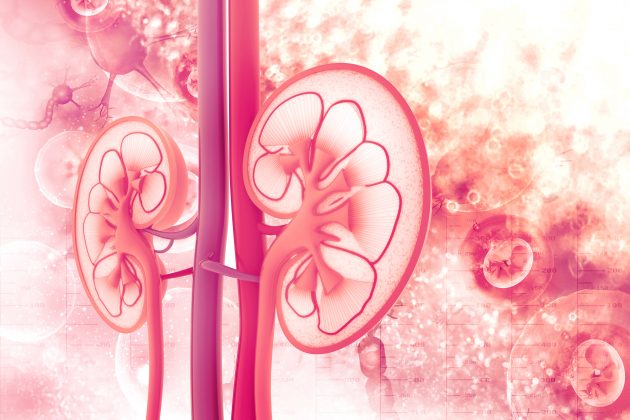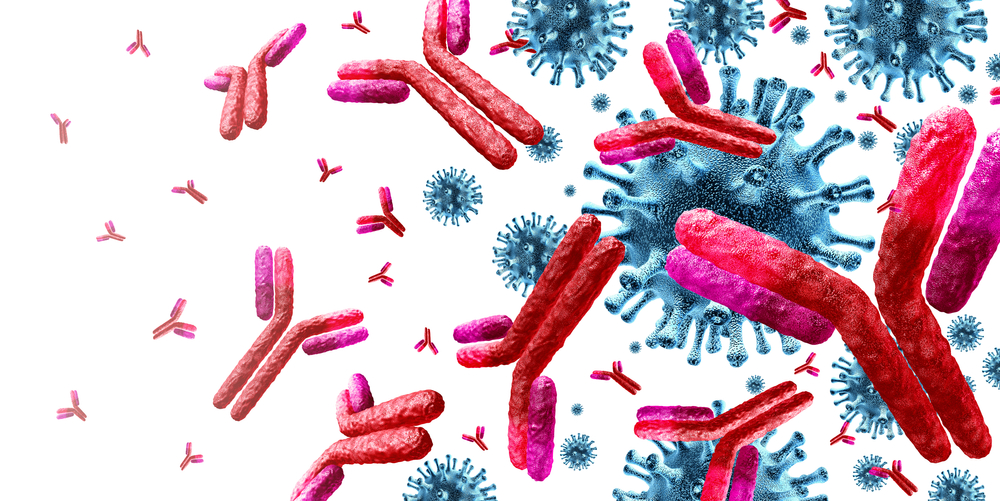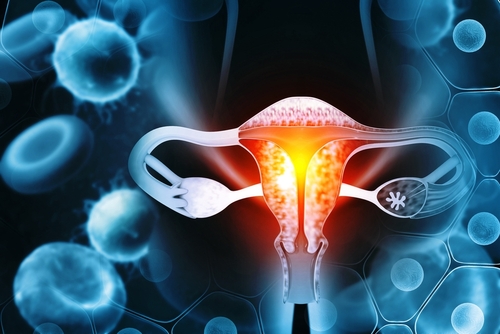Among kidney transplant recipients, the risk of malignancies varies based on type of induction immunosuppression therapy. Because the risk of experiencing immunosenescense is greater in older kidney transplant recipients, the risk of malignancy in older recipients may be greater than among younger recipients.
L. Wang and colleagues at Johns Hopkins University, Baltimore, Maryland, conducted an analysis to compare the risk of incident malignancy in younger (18 to 64 years of age) and older (≥65 years of age) kidney transplant recipients by use of the two most common induction immunosuppression agents: anti-thymocyte globulin (ATG, rATG, and eATG) and interleukin-2 receptor antagonist (IL-2 RA, basiliximab, and daclizumab). Results of the analysis were reported during a virtual presentation at the American Transplant Congress 2020. The presentation was titled Incident Malignancies among Post Kidney Transplant Patients by Type of Induction Immunosuppression and by Age.
Utilizing the United States Renal Data System linked to Medicare claims, the researchers identified 66,700 adults ≥18 years of age who were first-time kidney transplant recipients between January 1, 1999, and December 31, 2014. Of those, 40,443 used ATG and 26,327 used IL2-RA as induction immunosuppression. The cumulative incidence of first-diagnosed malignancy after kidney transplant was generated using the Kaplan-Meier estimator. Cox proportional hazard model was used to estimate hazard ratios (HRs) of any and specific incident malignancy comparing ATG with IL-2 RA.
The cumulative incidences of any malignancy at 6 months, 1 year, and 3 years were 2.32%, 4.46%, and 11.95%, respectively. Overall, there was an association between the use of ATG induction and higher risk of post kidney transplant malignancy (HR, 1.11; 95% confidence interval [CI], 1.05-1.17; P<.001) compared with the use of IL-2 RA induction. This effect of immunosuppression on incident malignancy was similar among younger recipients (HR, 1.12; 95% CI, 1.06-1.18; P<.001) and older recipients (HR, 1.07; 95% CI, 1.01-1.14; P<.05); P for interaction =.392.
For specific malignancy, there was an association between ATG induction and higher risk of post kidney transplant skin malignancy (HR, 1.22; 95% CI, 1.12-1.33; P<.001). There was no significant evidence suggesting an association between ATG induction and higher risk of kidney malignancy (HR, 1.03; 95% CI, 0.89-1.18; P=.684) or lymphoma malignancy (HR, 1.12; 95% CI, 0.99-1.27; P=.064).
In conclusion, the researchers said, “Compared with IL-2 RA induction, ATG induction is associated with elevated risk of post-transplant malignancy; these effects did not differ by age. Transplant centers do not need to tailor induction immunosuppression by age to mitigate malignancy risk.”
Source: Wang L, Motter J, Bae S, Segev D, McAdams-DeMarco M. Incident malignancies among post kidney transplant patients by type of induction immunosuppression and by age. Abstract of a presentation at the virtual American Transplant Congress 2020 (Abstract 8), May 30, 2020.
Credit: Original article published here.










